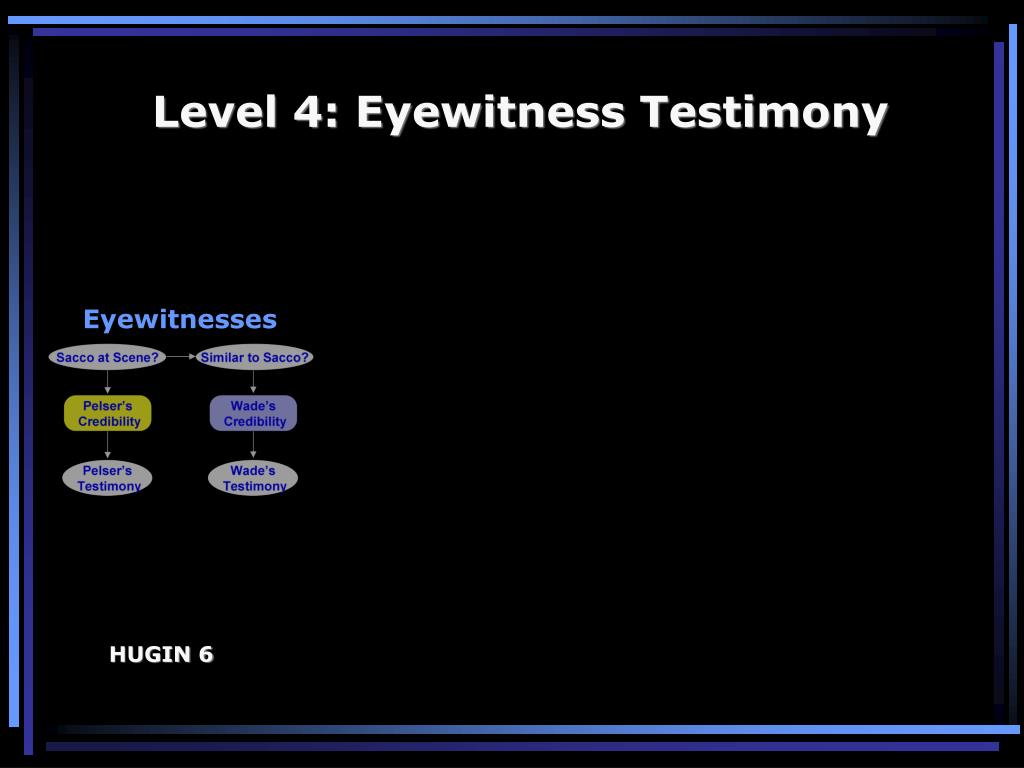
Pearl's architecture applies to singly connected Bayes nets. One of the pioneering architectures for computing marginals was proposed by Pearl. 1 INTRODUCTION In the last decade, several architectures have been proposed in the uncertain reasoning literature for exact computation of marginals of multivariate discrete probability distributions. In this paper, we compare three architectures-Lauritzen-Spiegelhalter, Hugin, and Shenoy-Shafer-from the perspective of graphical structure for message propagation, message-passing scheme, computational efficiency, and storage efficiency. In the last decade, several architectures have been proposed for exact computation of marginals using local computation. 1 Introduction Bayesian networks have developed into an important tool for building systems for decision support in environments characterized by. Key words: Artificial intelligence, Bayesian networks, CG distributions, Gaussian mixtures, probabilistic expert systems, propagation of evidence. The new propagation scheme is in many ways faster and simpler than previous schemes and the method has been implemented in the most recent version of the HUGIN software. The new scheme also handles linear deterministic relationships between continuous variables in the network specification.
Hugin bayesian full#
In addition to the means and variances provided by the previous algorithm, the new propagation scheme yields full local marginal distributions. The propagation architecture is that of Lauritzen and Spiegelhalter (1988).

: This article describes a propagation scheme for Bayesian networks with conditional Gaussian distributions that does not have the numerical weaknesses of the scheme derived in Lauritzen (1992). Index Terms-Belief propagation, distributive law, graphical models, junction trees, turbo codes. Although this algorithm is guaranteed to give exact answers only in certain cases (the “junction tree ” condition), unfortunately not including the cases of GTW with cycles or turbo decoding, there is much experimental evidence, and a few theorems, suggesting that it often works approximately even when it is not supposed to. It includes as special cases the Baum–Welch algorithm, the fast Fourier transform (FFT) on any finite Abelian group, the Gal-lager–Tanner–Wiberg decoding algorithm, Viterbi’s algorithm, the BCJR algorithm, Pearl’s “belief propagation ” algorithm, the Shafer–Shenoy probability propagation algorithm, and the turbo decoding algorithm. The GDL is a synthesis of the work of many authors in the information theory, digital communications, signal processing, statistics, and artificial intelligence communities. However, perhaps the main value of the thesis is its catholic presentation of the field of sequential data modelling.Ībstract-In this semitutorial paper we discuss a general message passing algorithm, which we call the generalized dis-tributive law (GDL). Hierarchical HMMs as DBNs, which enables inference to be done in O(T) time instead of O(T 3), where T is the length of the sequence an exact smoothing algorithm that takes O(log T) space instead of O(T) a simple way of using the junction tree algorithm for online inference in DBNs new complexity bounds on exact online inference in DBNs a new deterministic approximate inference algorithm called factored frontier an analysis of the relationship between the BK algorithm and loopy belief propagation a way ofĪpplying Rao-Blackwellised particle filtering to DBNs in general, and the SLAM (simultaneous localizationĪnd mapping) problem in particular a way of extending the structural EM algorithm to DBNs and a variety of different applications of DBNs. In particular, the main novel technical contributions of this thesis are as follows: a way of representing
Hugin bayesian how to#
In this thesis, I will discuss how to represent many different kinds of models as DBNs, how to perform exact and approximate inference in DBNs, and how to learn DBN models from sequential data. DBNs generalize KFMs by allowing arbitrary probability distributions, not just (unimodal) linear-Gaussian. Dynamic Bayesian Networks (DBNs) generalize HMMs by allowing the state space to be represented in factored form, instead of as a single discrete random variable. However, HMMsĪnd KFMs are limited in their “expressive power”. For example, HMMs have been used for speech recognition and bio-sequence analysis, and KFMs have been used for problems ranging from tracking planes and missiles to predicting the economy. Hidden Markov models (HMMs) and Kalman filter models (KFMs) are popular for this because they are simple and flexible.

Modelling sequential data is important in many areas of science and engineering.


 0 kommentar(er)
0 kommentar(er)
